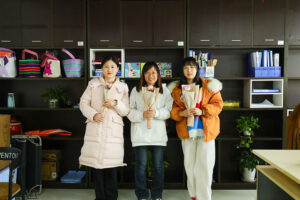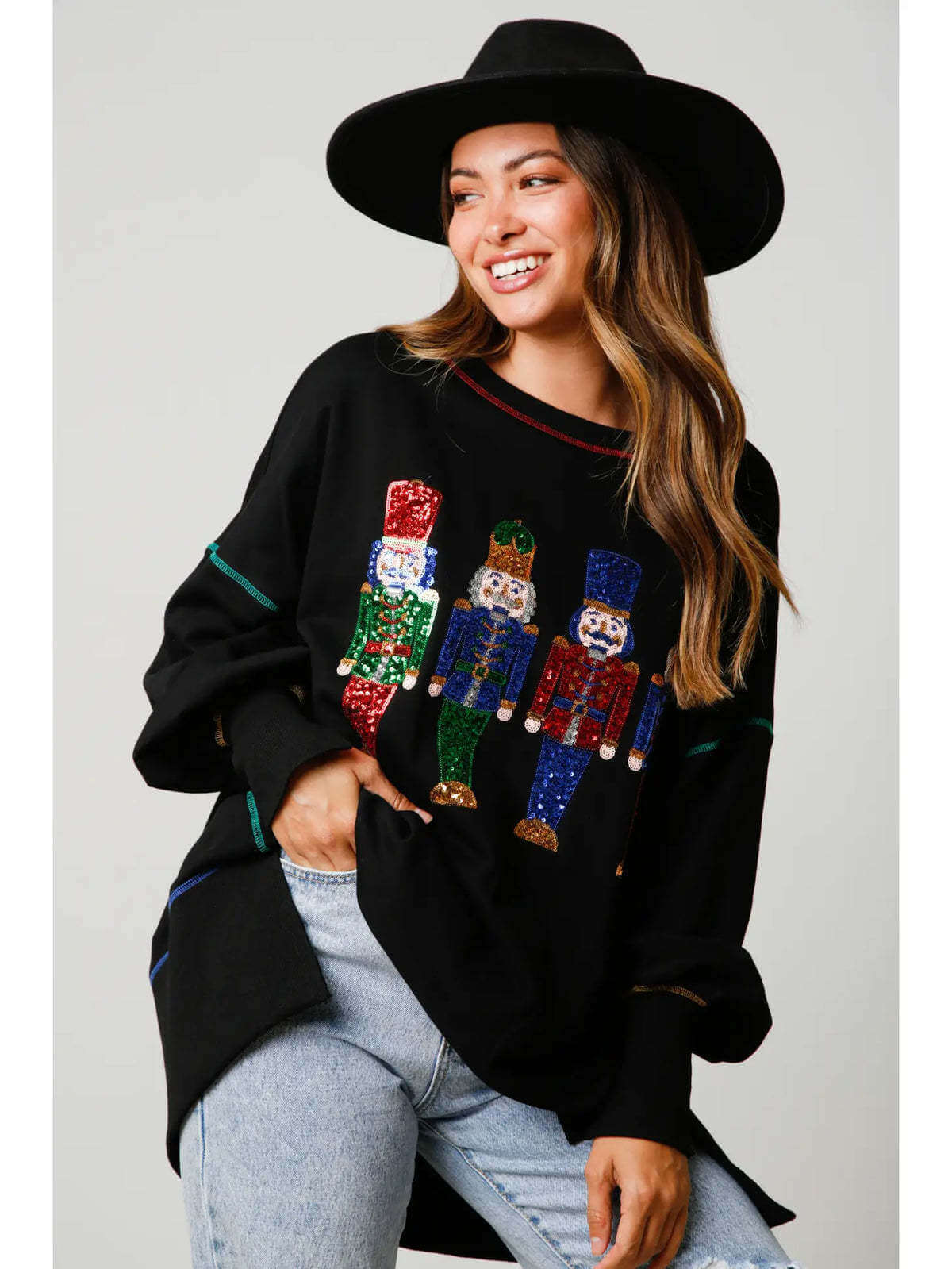The development history of clothing and textile industry
The apparel and textile industry can be divided into two main parts: producing textiles and fabrics from raw materials, and transforming those fabrics into clothing and other accessories. The textile part of the industry involves taking raw materials, transforming the materials into yarn, and then dyeing and finishing the fabrics made from the yarn.
Today, many textile companies in the industry are vertically integrated, much like the process described earlier. Textile fabrics can include cloth, but also materials such as rugs, towels, upholstery, and even industrial products such as fire hoses. The apparel industry cuts fabrics and other materials and then sews them together to create clothing or accessories, including footwear, coats, pants, and tops. The industry also includes less common knitting mills.
The textile and clothing industry has a long history; bone needles date back to 30,000 BC. At that time, most clothing was made from prepared animal skins, and civilizations wove together various animal and plant fibers to create unique clothes.
Prior to the Industrial Revolution, the industry was relatively slow to develop and lacked advancement. At the time, technologies including the cotton gin and foot-operated sewing machine significantly changed the production of textiles and clothing. The textile industry was one of the first industries to be mechanized due to the high labor required to make a piece of cloth.
Since then, there have been many technological advances in the textile industry, which relies heavily on technology and mostly adopts automation. The clothing industry still relies mainly on manpower (people operating sewing machines, etc.). This is the main reason why the industry is assigned to markets where labor is cheaper.
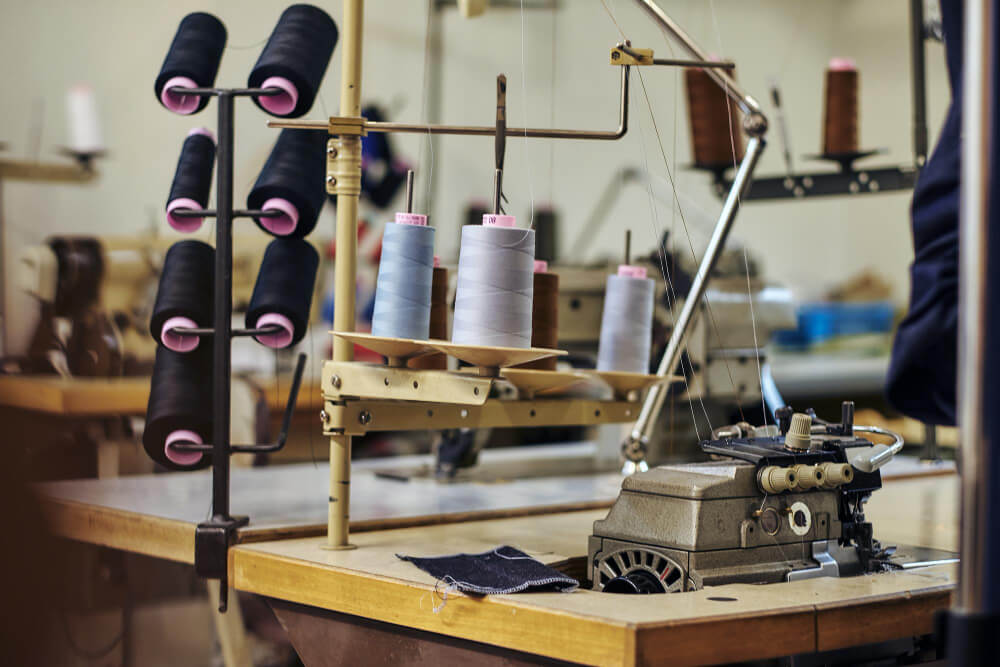
A Letter to My Friends in the Apparel Business
Let’s be frank. The business you and I are in—the business of clothing people—is not what it used to be. The ground is shifting under our feet, and those who fail to recognize this will surely be left behind. I have spent decades in this profession, and I can tell you that successful advertising, successful business, is built on facts, not on guesswork. So, let’s look at some facts about our industry.
The Transformation of China
For years, we’ve all known one fundamental truth: China is the world’s clothing manufacturer. The numbers don’t lie. In 2013, the global textile and clothing export market was a colossal $772 billion, with China contributing a staggering $161 billion in exports in 2016. They’ve held more than 50% of global clothing production for over a decade. In 2021 alone, China’s domestic market generated an impressive $303 billion in revenue. Guangdong Province, with its network of over 28,000 exporting companies, is the engine of this machine.
But here is the new, crucial fact you must understand: The machine is changing. Since 2015, China’s industry has been moving away from sheer scale and toward efficiency. Why? Rising labor costs. It’s a simple economic reality. This has forced companies to invest in technology and automation, shifting from labor-intensive work to more productive, intelligent methods. If you are still operating on the assumption of cheap Chinese labor, you are living in the past.
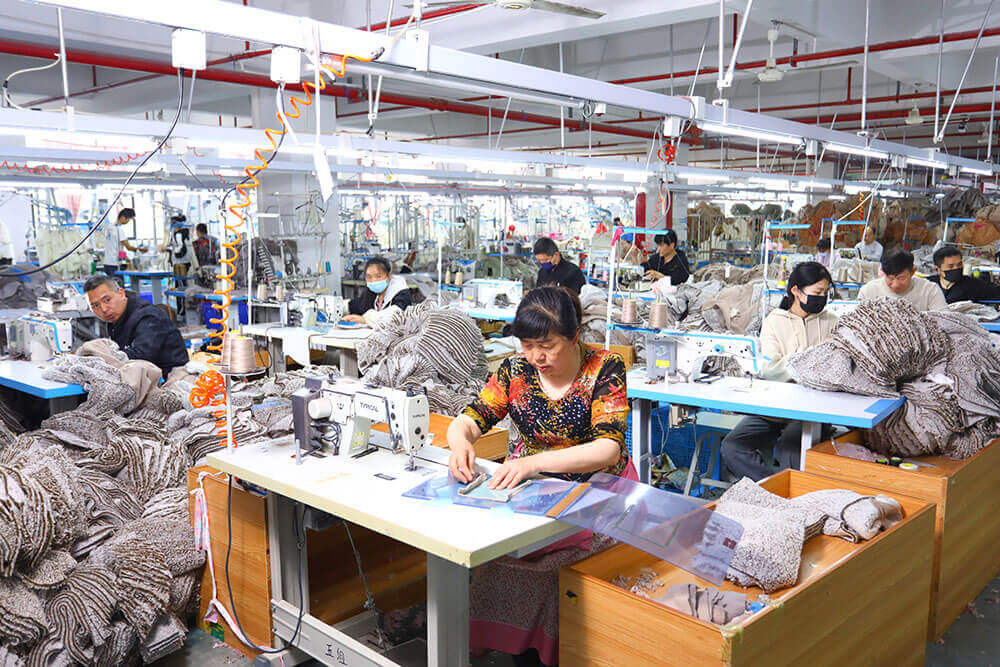
The Retail Revolution
Retail is the final, critical link between the creator and the consumer. It is where we succeed or fail. But the battlefield has completely changed.
Think about the rise of e-commerce. Retail giants like Amazon, ASOS, and Zara have not just added an online store; they have fundamentally disrupted the old brick-and-mortar model. They have conditioned consumers to expect a seamless shopping experience, available at their fingertips. If your business hasn’t made a serious investment in its online presence, you are already losing the race.
Today, winning a customer means more than just having a good product. It requires a strategic assault on all fronts: discounts and promotions, excellent customer service, and the careful cultivation of a strong brand image.
And now, a new element has entered the equation: sustainability. Consumers, particularly younger ones, are increasingly concerned about the environmental and social impact of their purchases. Fast fashion, while still a major source of sales for its affordability, is under a microscope for its waste, low wages, and overconsumption. Brands that can offer an ethical or sustainable alternative are gaining an invaluable competitive advantage. This is not a trend; it’s a new consumer mindset we must address.
The Real Work Behind the Scenes
The manufacturing side of our industry is a constant, brutal competition. Companies operate in a complex web of production models. You have integrated manufacturers like Levi Strauss, who control everything from design to production. You have licensed manufacturers, who produce goods for others under a brand license. And you have contract manufacturers, who often operate in special export processing zones (EPZs) where they can minimize costs. Did you know that in countries like Nicaragua and Bangladesh, women make up 80-90% of the EPZ workforce? This is the human reality of our supply chain.
To stay ahead, manufacturers must become more than just producers. They must relentlessly modernize to improve production efficiency, the single most important factor for profitability. They must innovate, whether it’s by incorporating recycled materials, integrating electronics into clothing, or creating faster, more efficient supply chains.
The simple truth is this: consumer tastes determine everything. The last recession taught us that when budgets shrink, demand shifts to more affordable products. Manufacturers must be agile enough to pivot immediately. The market is saturated, but a path to success still exists for those who can find and dominate a niche market.
The challenge before us is immense, but the opportunity for those who understand these facts is even greater. Adapt, innovate, and always—always—be honest with your customers. They will reward you for it.
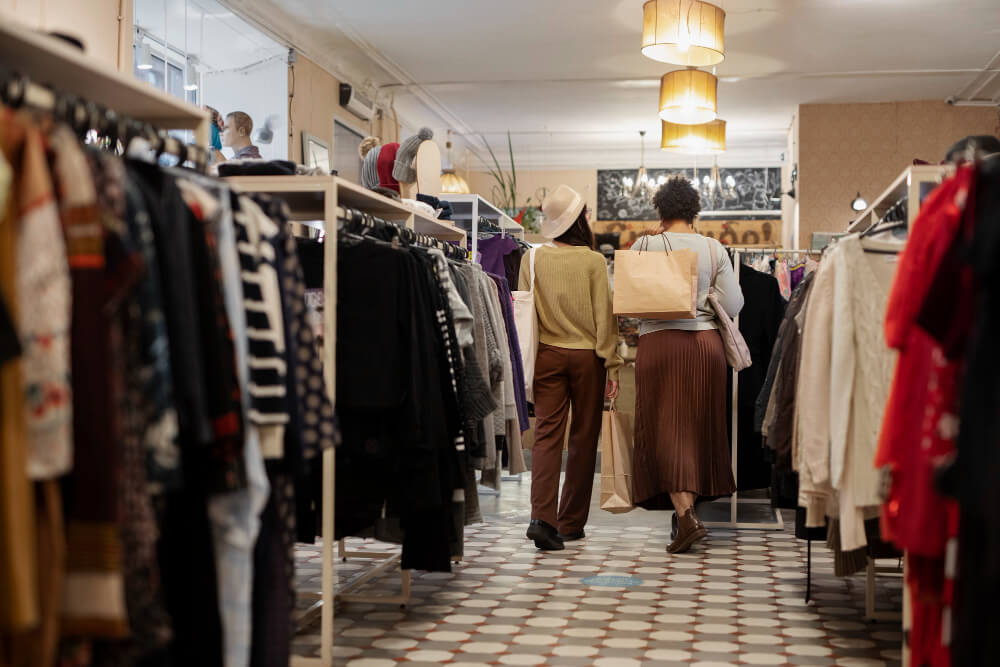
Competition among clothing manufacturers
Export processing zones (EPZs) are designated areas where manufacturers can import materials, process and assemble goods, and then re-export them duty-free. Many manufacturers see EPZs as catalysts for economic growth with minimal regulation and therefore move production to these zones to maximize profits. According to UN Women (formerly UNIFEM), women make up the majority of the EPZ workforce, 90% in Nicaragua, 80% in Bangladesh, and 75% in Honduras, the Philippines, and Sri Lanka.
There are several types of manufacturers: integrated manufacturers, licensed manufacturers, and contract manufacturers. Levi Strauss is a well-known integrated manufacturer in the industry that designs and produces its products. Licensed manufacturers such as Warnaco operate their manufacturing plants and sell clothing under brand license. Contract manufacturers may have connections and relationships with designers or use brokers to obtain new business. Large textile companies include International Textile Group and Unifi. Affordable fashion has created a boom in the clothing and textile industry, led by Sweden’s H&M (Hennes and Mauritz), Spain’s Zara, and the world’s largest retailer Walmart.
Apparel manufacturing often occurs in countries with low labor costs, but fashion companies need to do more to succeed. A company’s production efficiency is the most important profitability factor for apparel and textiles. Companies must have enough product differentiation and global brands to command higher prices.
The general trend for companies in the industry is to modernize quickly to keep their production efficiency ahead of increasingly global competition. They must also modify existing products to meet customer needs, such as making clothing with recycled materials, incorporating other materials into products (such as electronics), or creating faster and more efficient supply chains to get goods to consumers more quickly.
Consumer tastes almost entirely determine demand. The recession forced many consumers and businesses to cut budgets and look for cheaper products. For manufacturers, this meant that they had to almost immediately shift to producing more affordable products that consumers were willing to buy; there were some exceptions for high-end clothing. There was also a trend to merge with other companies in order to better cope with competition. However, despite the fierce competition, many companies have succeeded by finding and dominating niche markets. This means that designers and department stores need to re-create marketing and sales strategies to get to where consumers are spending their money.
The cutback in spending due to the economic crisis has created a class of consumers who want to save money and shop around for cheaper products. This does not bode well for the apparel industry and gives them a bad future outlook as they rely on consumer demand.
High-end apparel companies, such as Coach and Jos. A. Bank, have started producing low-cost products or offering them at deep discounts. This will undoubtedly affect their profits. Even lower-priced apparel manufacturers will be affected as they too will have to reduce product prices or run promotions to attract new consumers and retain old consumers who may be willing to keep their old garments for a long time.


